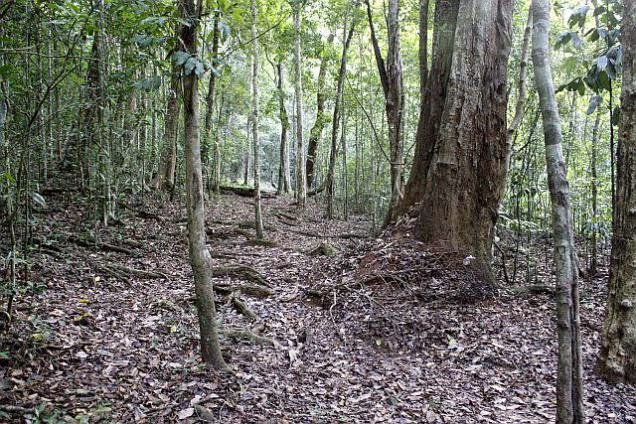COIMBATORE,
Noted ecologist Madhav Gadgil has called upon the
Government to involve local people in the development projects
undertaken in their community.
Addressing a seminar
organised here on Sunday by the Western Ghats Protection Movement, he
said that he was encouraged by Prime Minister Narendra Modi’s statement
that development should be a mass movement.
Prof.
Gadgil was the Chairman of the Western Ghats Ecology Expert Panel. It
was an environmental research commission tasked by the Union Ministry of
Environment and Forests in August 2011 with recommending measures to
conserve Western Ghats.
Recalling the words of Joseph
Stiglitz, who won the Nobel Memorial Prize in Economic Sciences and
worked in the Bill Clinton and Barack Obama administrations, Mr. Gadgil
said that development should not just be about increasing the gross
domestic product but also the social, human and environmental capital.
In
his report on Western Ghats, he said that he had advocated developing
the region but not at the cost of unnecessary destruction of forests and
social injustice.
He noted an incident in which a
chemical plant in Maharashtra was reported to have created around 11,000
jobs. However, the locals said that nearly 20,000 fishermen had lost
their livelihoods as the factory had polluted the rivers to a level
where the fishes died.
Further, it was in
Maharashtra where a Rs. 21,000 crore irrigation scam broke out in which a
lot of dams were constructed across the State which actually resulted
in a decrease in the water available for irrigation.
“In
one particular incident alone, 6,000 acres were submerged for a dam
which now provides water for just around 600 acres. Such incidents will
not have occurred if the locals had been involved.”
He
noted that Germany, one of the most industrialised nations, had the
Green Party, which advocated protection of nature, represented in the
Government in almost all provinces.
Development model
The
country had created a development model that emphasised conservation of
nature and this must be replicated in India, added Prof. Gadgil.


















